In Africa's untamed wildernesses, there is always a dance of life that never stops - and it is about food. The most skilled and adapted predators roam the wilderness looking for their next meal, which is also trying to survive and live another day.
Among the stars of the show are lions, leopards, cheetahs, hyenas and African wild dogs. While these remarkable predators have evolved great hunting techniques, so have the animals they want to eat. Survival of the fittest applies to both the prey and the hunter.
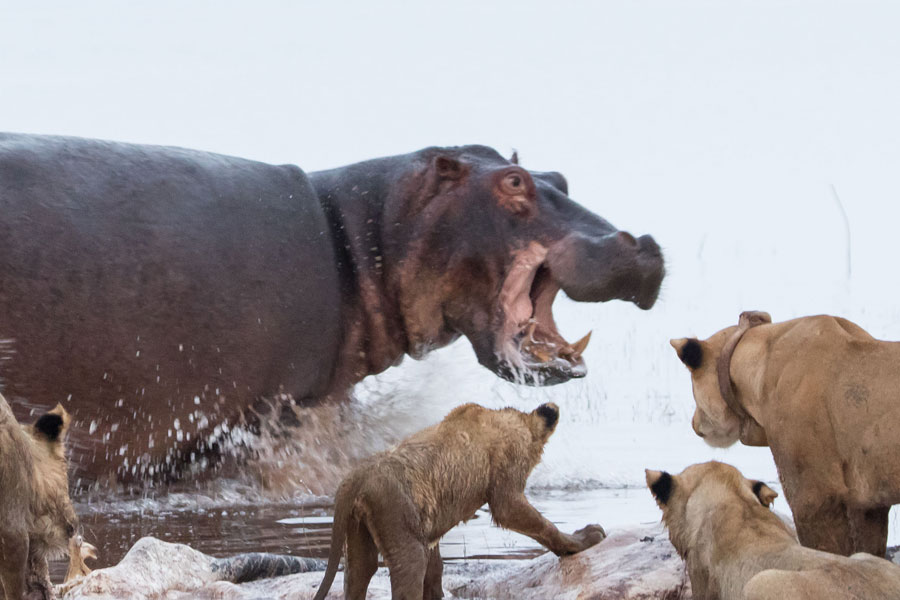
Whether it is the lion's strength, the cheetah's speed, the teamwork among African wild dogs or the leopard's stealth, all the predators have the advantage to help them survive in the unforgiving wild. As you will find out, no animal has more advantages than it needs - nature's balance.
In this article, we'll look deeper at which animals are better hunters - based on their success rate, and what strategies they employ to make their hunts result in food.
What Is The Most Successful Hunter In Africa?
The African wild dog is the most successful hunter of all African wild animals. This is in contrast to what most people would assume - that it is the lion.
While lions are more popular and often enjoy the spotlight when it comes to African wildlife, the African wild dog (painted dog) has a hunting success rate of 70% to 90%. This is about double that of a lion.
African wild dogs are social animals that cooperate very well during their hunts. Teamwork, pack dynamics and great communication enable them to rise as the true kings of the hunt, even when they don't get much recognition.
Hunting Success Rate
The hunting success rate is the likelihood of a predator's hunt resulting in the successful capture and killing of the prey. An animal's hunting success rate is measured based on long-term observation data and is expressed as a percentage.
The hunting success rate is determined by many factors that can either favour or hinder both the predator and the prey. These could be environmental factors, hunting technique, age and strength of prey/predator among many others.
The table below shows the hunting success rate of the top African predators.
| # | ANIMAL | HUNTING SUCCESS RATE | HUNTING STYLE |
|---|---|---|---|
| 1 | African Wild Dogs | 70% to 90% | Pack hunting & pursuit predation |
| 2 | Cheetahs | 50% | Pursuit predation |
| 3 | Leopards | 40% to 50% | Ambush |
| 4 | Spotted Hyenas | 30% to 50% | Pack hunting & pursuit predation |
| 5 | Lions | 30% to 40% | Pack hunting & Ambush |
| 6 | Striped Hyenas | 20% to 30% | Pack hunting & pursuit predation |
Hunting Styles & Advantages
1. African Wild Dogs (Painted Dogs)
African wild dogs are highly social and hunt cooperatively in packs. Their hunting strategy can be described as endurance running.
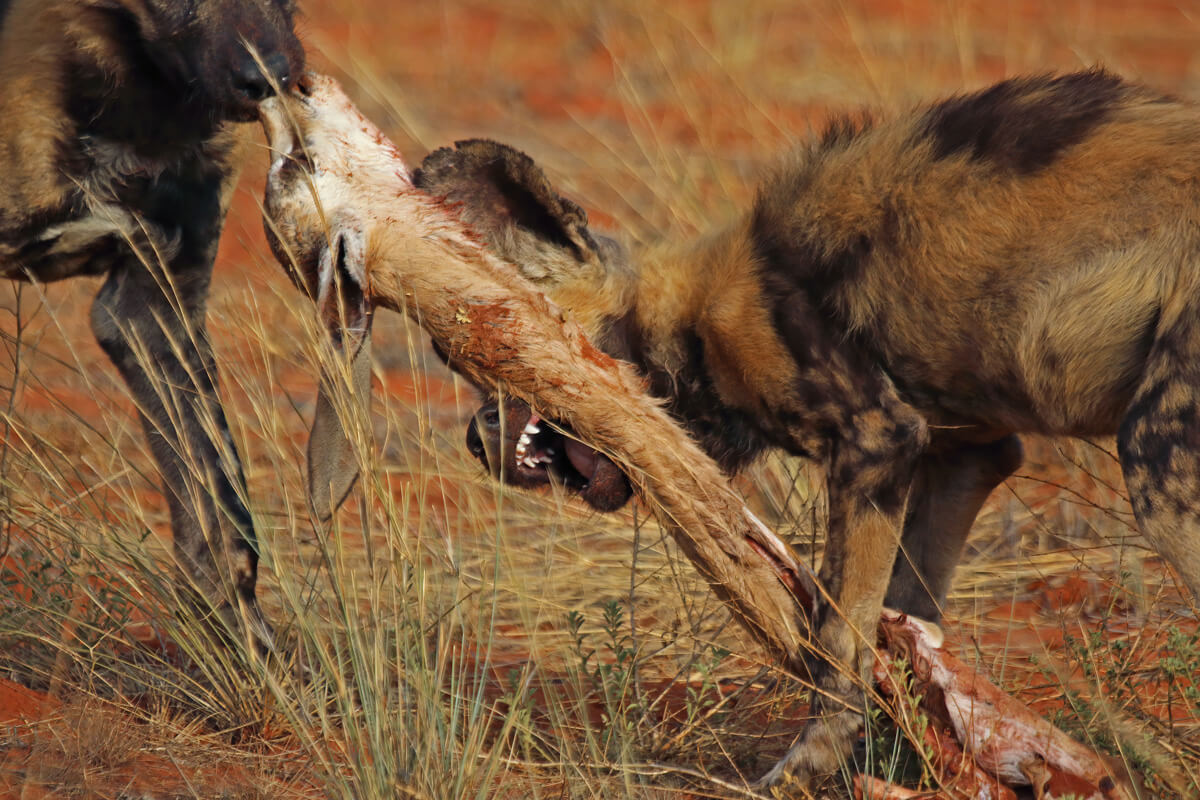
These painted dogs have unbelievable stamina and by properly coordinating the hunt, they chance after prey over very long distances until the animals stop out of exhaustion.
African wild dogs have incredible teamwork and communication within the pack which allows them to effectively coordinate their chase and capture. The lean and slender body structure enables them to maintain their speed over extended periods.
2. Cheetahs
Cheetahs are the fastest land animals on earth and they rely on their exceptional speed and agility to hunt for food in the wild. Cheetahs have incredible eyesight which they use to spot prey from a distance and stealthily approach the target before starting the rapid chase.
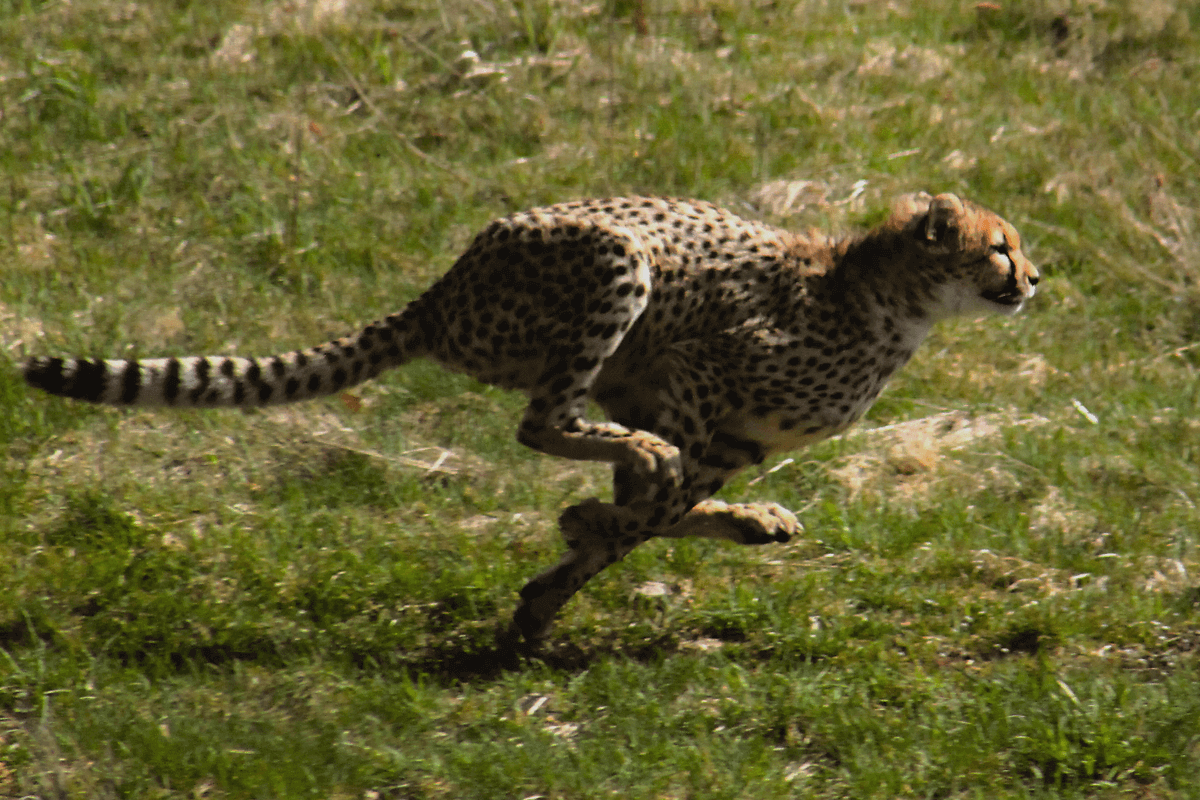
With their lightweight, long legs and non-retractable claws, cheetahs have great traction, manoeuvrability and stopping abilities even during high-speed chases.
Related article: What do cheetahs eat in the wild? Diet, Hunting, and more.
3. Leopards
Leopards are very solitary animals that are known for their stealth and ambush-hunting techniques.
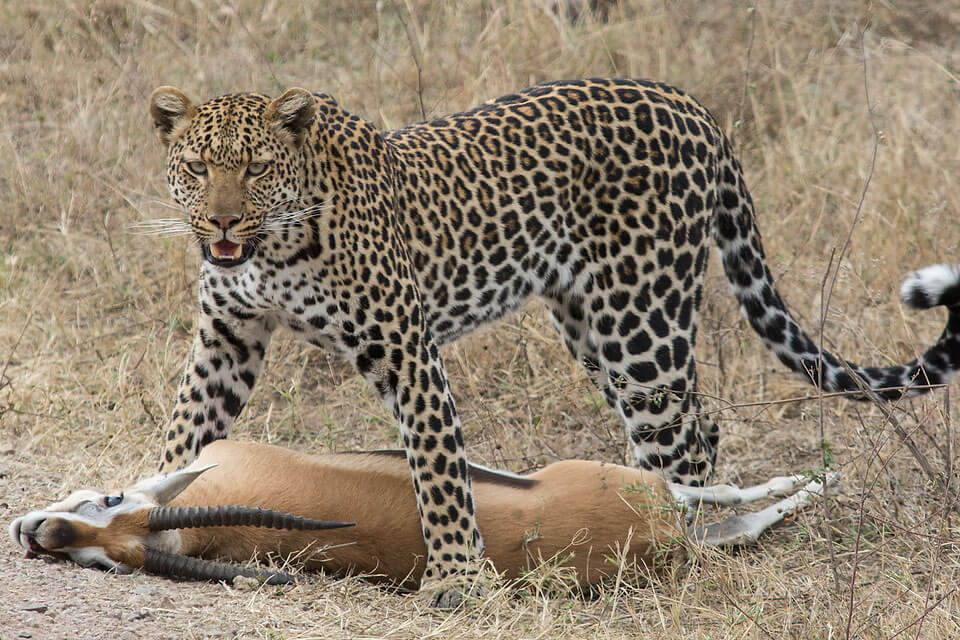
Relying on their excellent camouflage and agility, leopards can get close to their prey without being detected, and then launch a surprise attack.
While they are relatively small in overall size, leopards have a muscular build, sharp claws and a strong leap which give the leopards an advantage in capturing and killing prey.
After a successful hunt, leopards often carry their food up a tree to avoid competition from bigger predators such as lions and hyenas which wouldn't mind an easy meal.
Related article: What African leopards eat in the wild. Diet & eating habits.
4. Spotted Hyenas
Spotted hyenas have a reputation as the scavengers of the savannah, but this ignores their hunting abilities. They are opportunistic predators that can both hunt and scavenge.
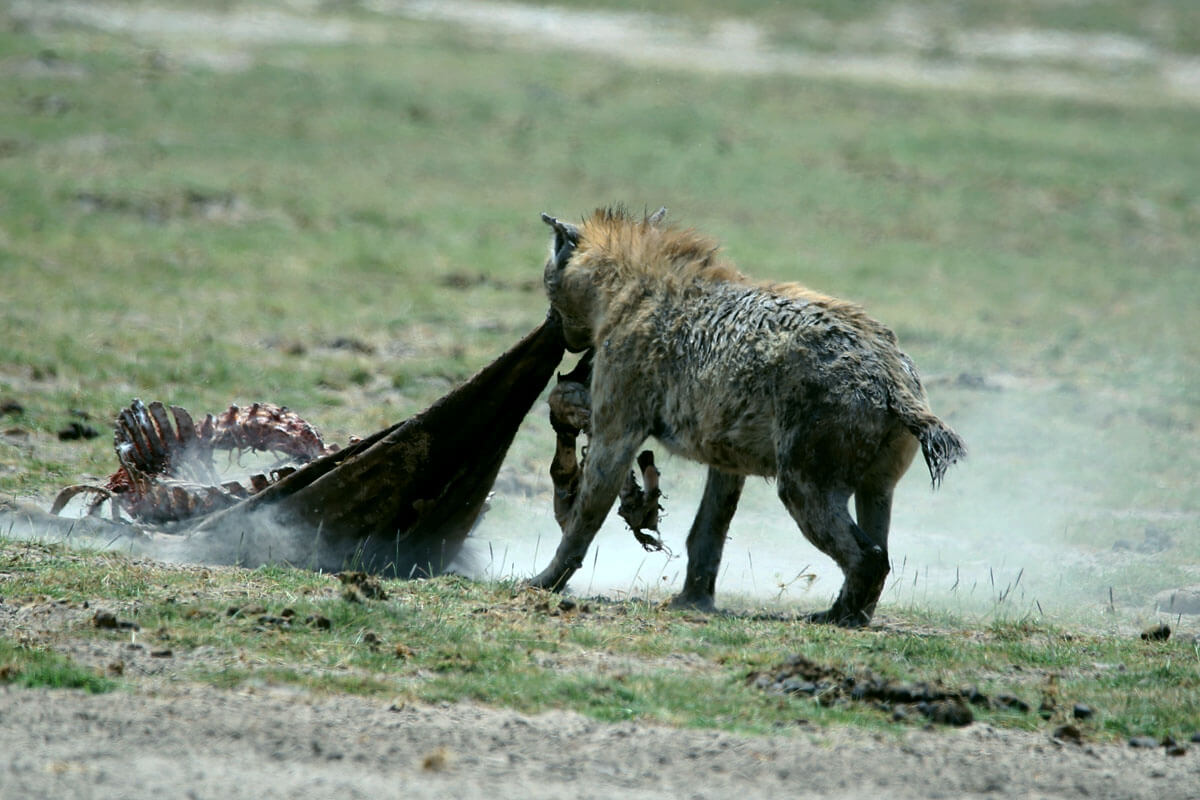
Hyenas like to hunt in groups and often target medium to large herbivores, depending on what can be enough for the entire group. They have incredible stamina and can chase the prey over long distances until it is too tired to outrun them.
Once the spotted hyena has its teeth in the running animal, they have the strength and persistence to hold on until the prey is brought down with the help of others. Their strong bite force is about twice that of a lion and easily crushes the bones of whatever the hyena is eating.
Related article: 17 Interesting facts about hyenas.
5. Lions
Most people think of lions when they think about the predators of the African savannahs. The lion's strategy in hunting is based on cooperation - where they surround and ambush their prey.
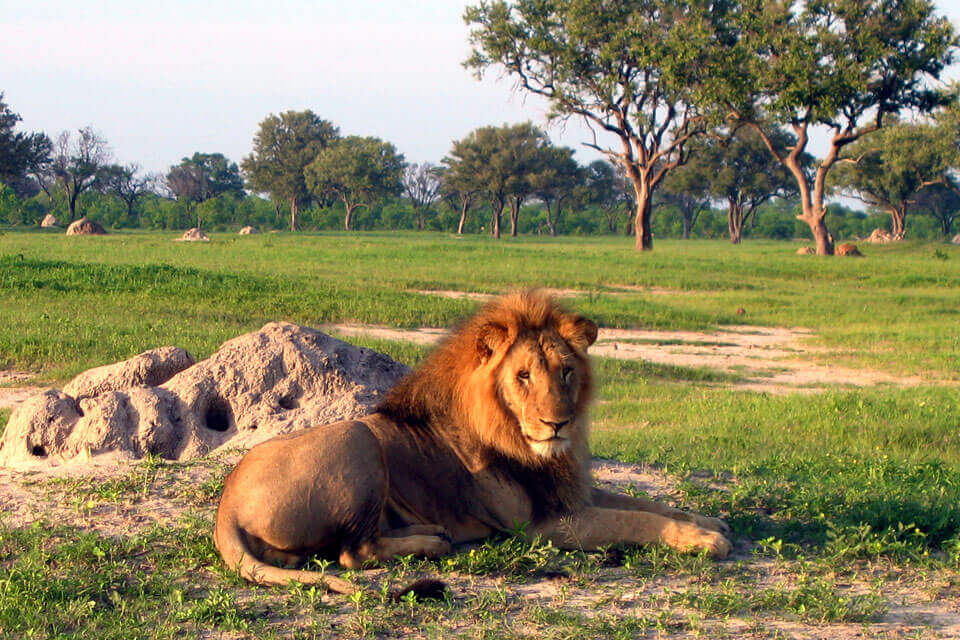
While they are not the fastest, lions are well known for their strength and powerful jaws which help in overpowering and bringing down even the larger prey like cape buffalo or wildebeest.
Lions are more successful hunting as a group (pride) since they can easily surround the targete animal - even if it is a larger animal. This would be extremely challenging for a solitary lion.
Related article: What lions eat in the wild. Diet, eating habits & hunting
6. Striped Hyenas
Striped hyenas scavenge most of their food but are still very capable hunters when easy opportunities are not available. Their great sense of smell is useful in locating carrion for scavenging.
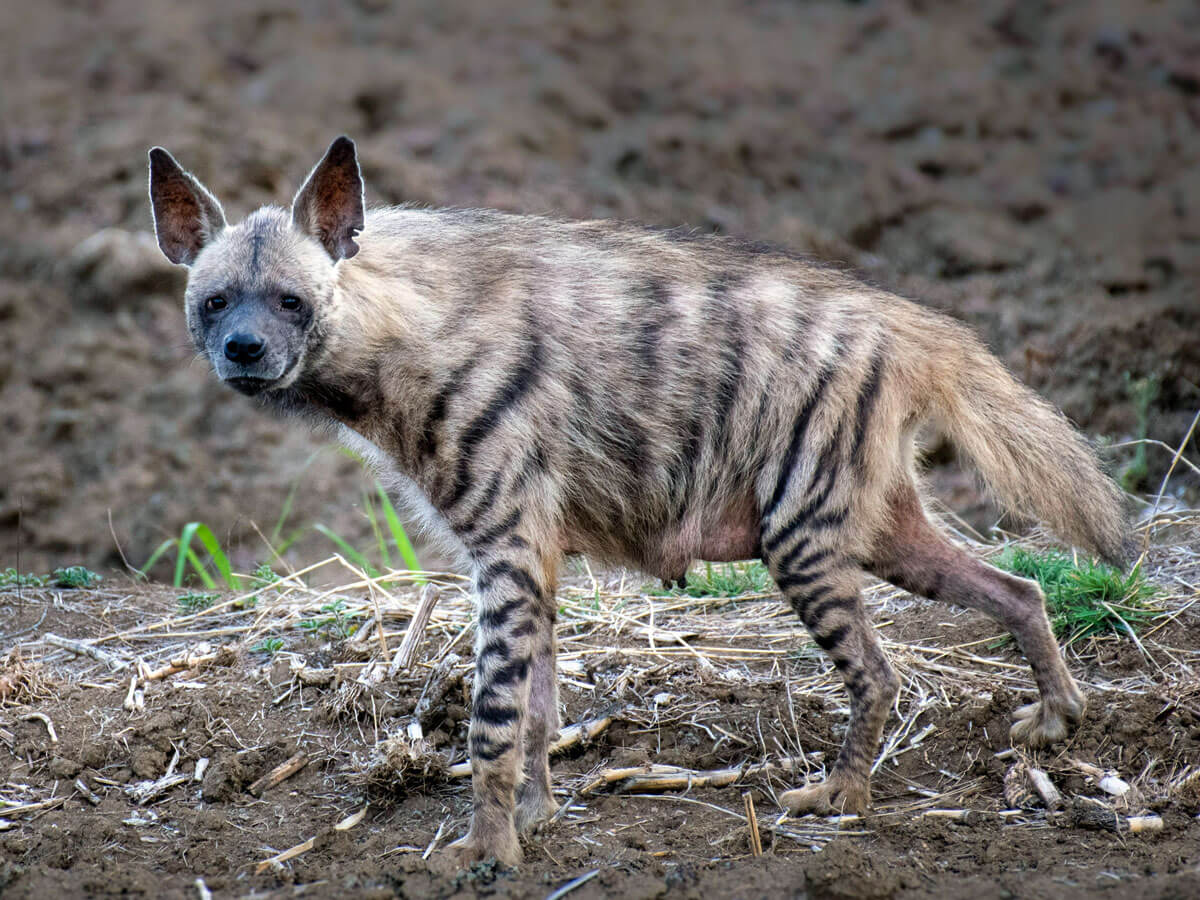
Striped hyenas are more solitary than spotted hyenas and often target small to medium-sized animals for hunting. Their jaws are capable of crushing bones, which is helpful in fully utilizing the food they find - whether by scavenging or hunting.
Closing Thoughts
In the animal kingdom, survival is indeed for the fittest and nowhere is this more evident than in the African wilderness. Whether it is through cooperation, speed, stealth or sheer stamina, the predators in Africa's savannahs have evolved to master the hunt which is necessary for their survival.
While you might not be able to witness all these animals hunting in a single wildlife safari, you can visit places where they exist and see for yourself how they interact with the natural world around them. And, of course, now you know which of Africa's predators deserves respect whenever the conversation is about hunting.
